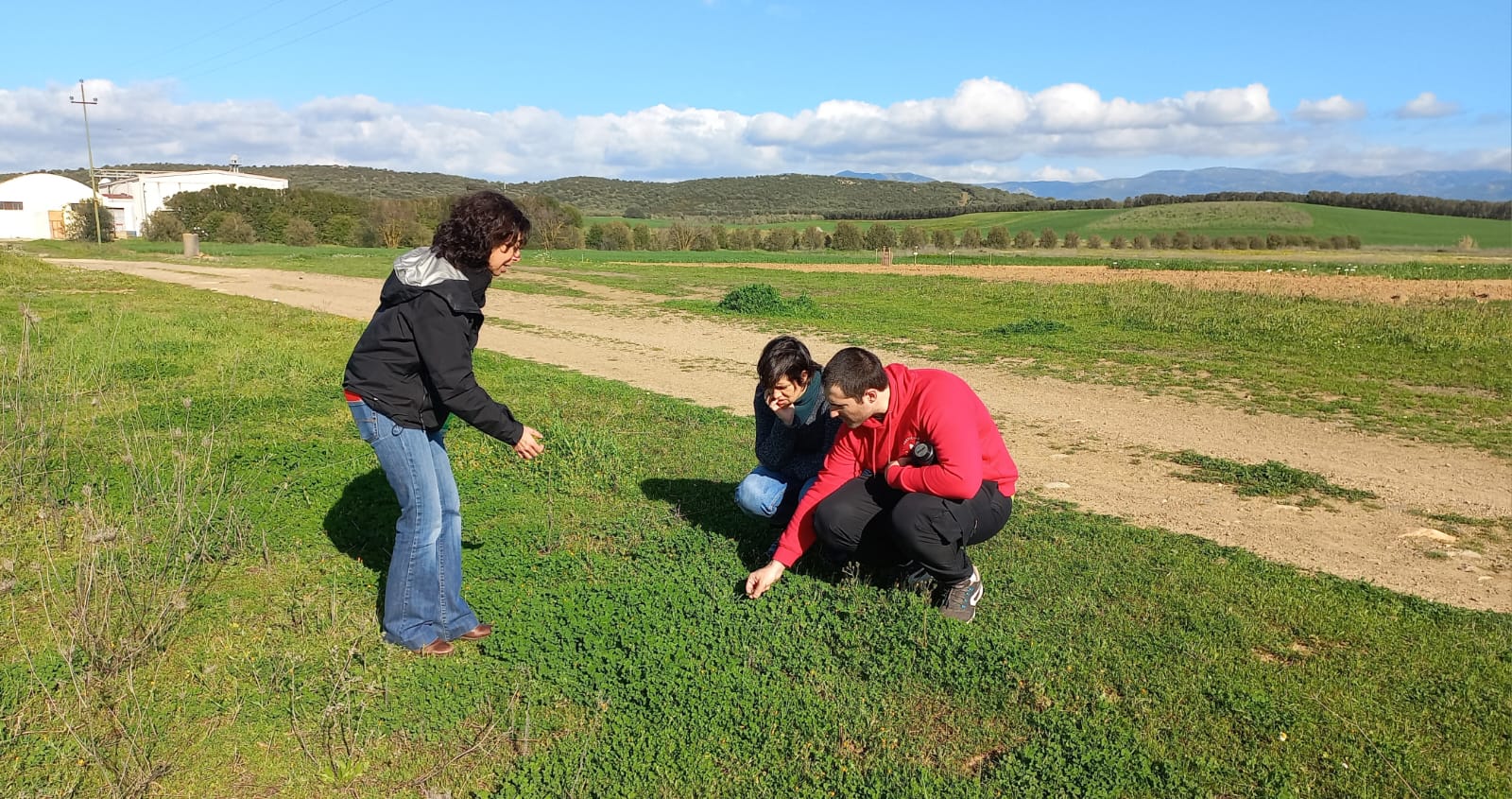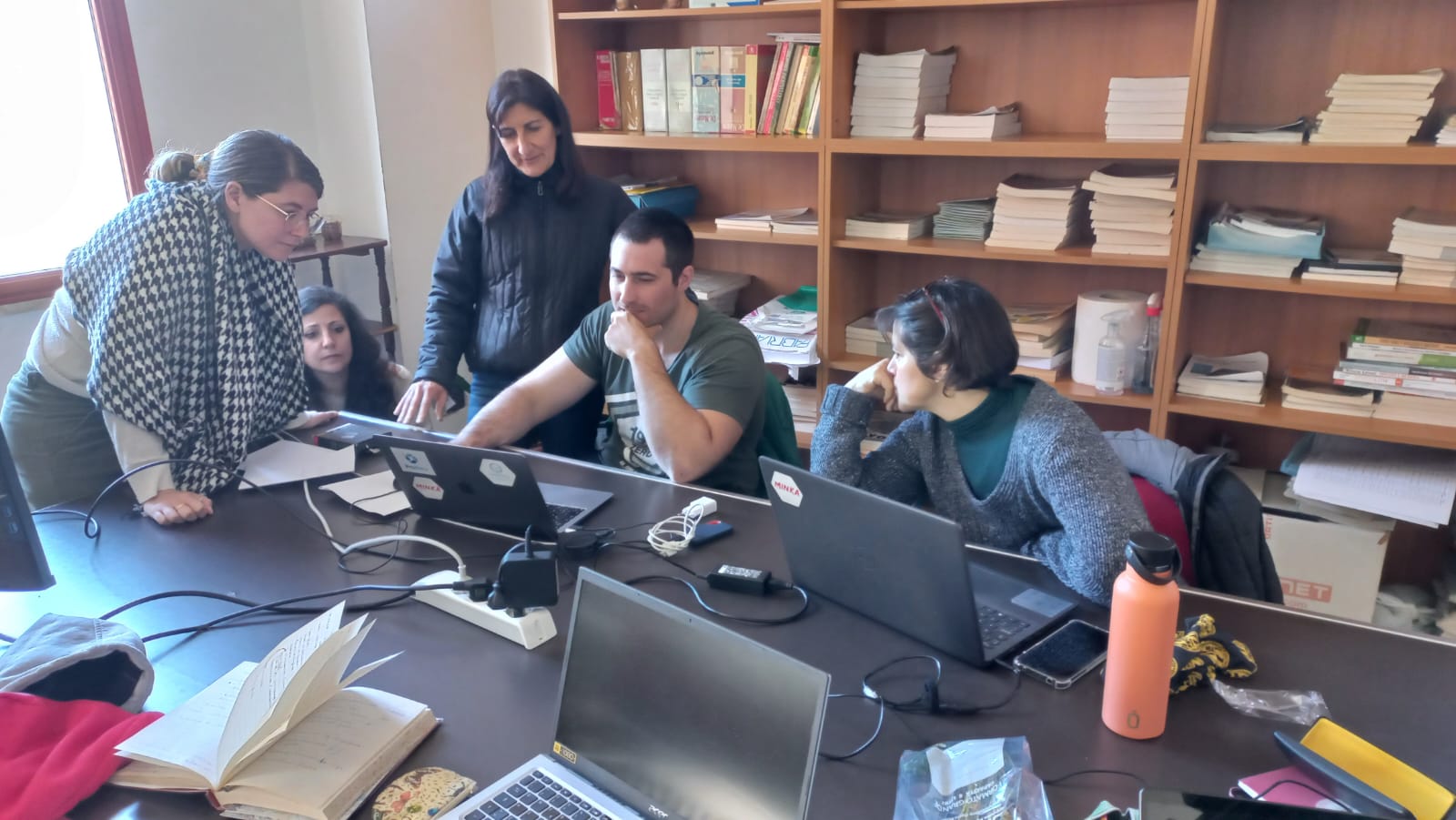The ARSINOE project’s citizen science observatory, MINKA, has taken a significant step forward with its integration into Case Study 9 in Sardinia. The collaboration, involving academia, industry, and education, holds promise for enhancing biodiversity monitoring. The ARSINOE project partnered with the ANERIS project for this endeavour, marking a significant expansion in the use of MINKA in new regions.
In March, researchers from the Spanish National Research Council (CSIC) teamed up with AGRIS professionals to train educators from the Istituto Superiore “Duca degli Abruzzi“ in Cagliari. A meeting between CSIC, AGRIS, and the Duca Institute laid the groundwork for a pilot project focused on monitoring biodiversity within the institute’s premises. Director Marco Dettori (AGRIS), Jaume Piera (CSIC), and Duca Institute teachers collaborated to outline biodiversity monitoring strategies.
The initiative commenced with a BioBlitz conducted by the Duca team and CSIC experts, which documented biodiversity within a designated area of the institute’s grounds. Subsequent training sessions conducted by CSIC equipped teachers with the necessary skills to use the MINKA participatory observatory for biodiversity monitoring.
The project aims to track species variations throughout the year and explore biodiversity dynamics in rural landscapes. With Duca’s extensive facilities serving as the research site, researchers anticipate valuable insights into the region’s ecological dynamics.
The ARSINOE consortium eagerly awaits the outcomes of this collaboration and looks forward to MINKA’s continued success in facilitating citizen engagement in scientific inquiry.



